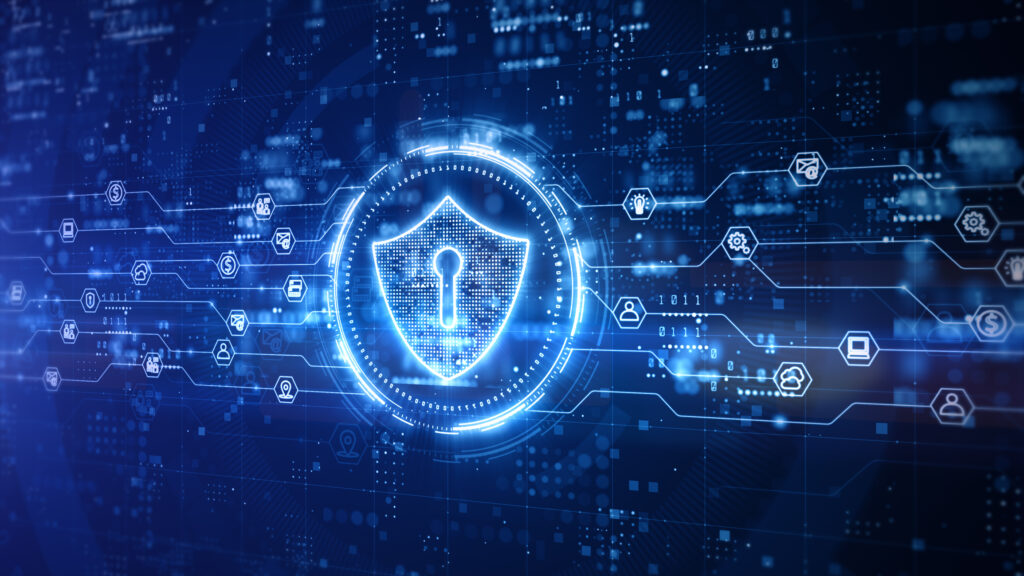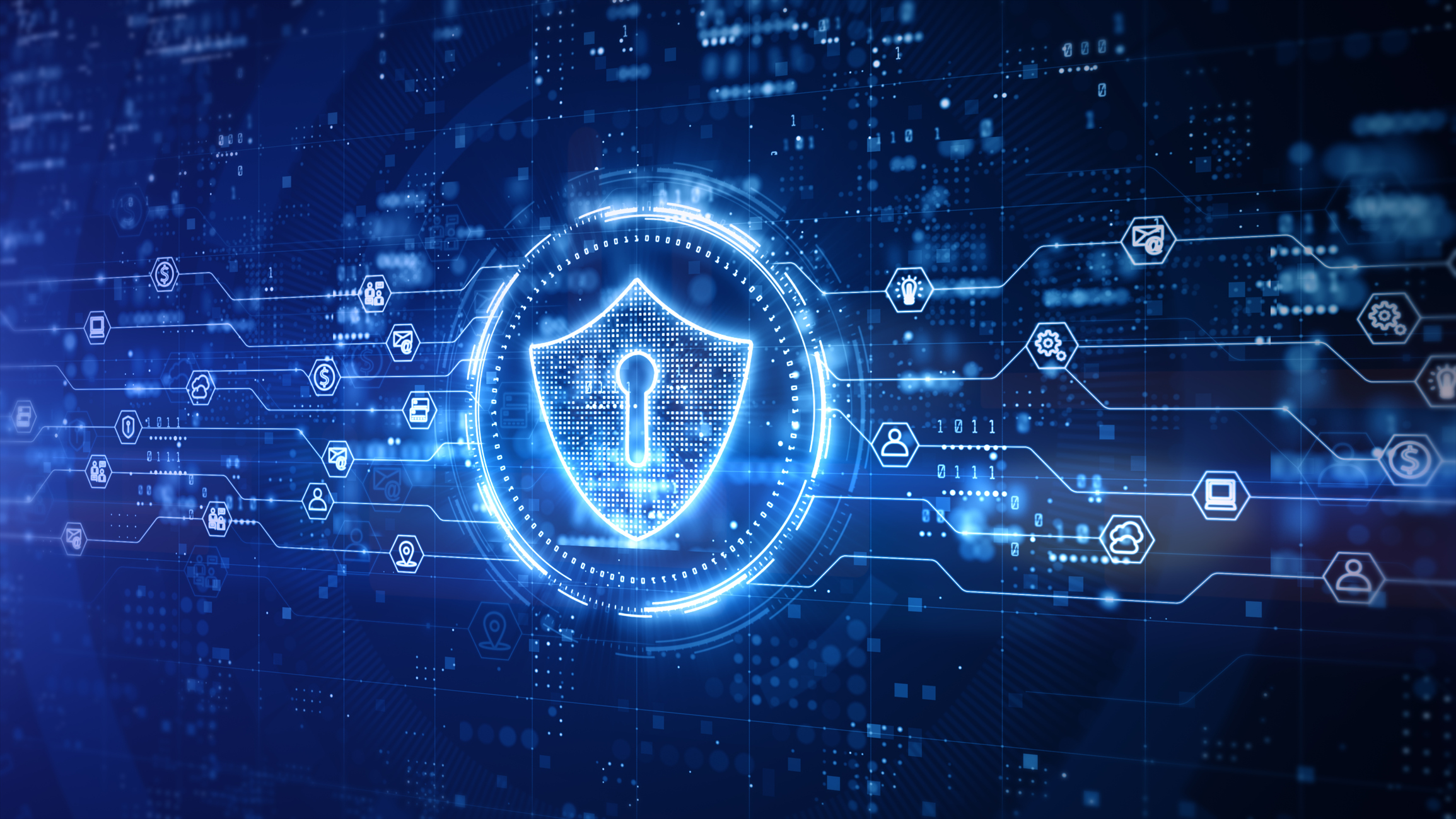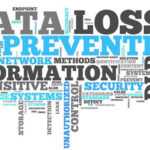
If we talk about CyberSecurity, then it is the practice of protecting internet-connected systems such as data, hardware, and software from potential harm such as hacking, malware, phishing attacks, and other forms of cybercrime or protecting it from unauthorized access, use, modification, or destruction which could compromise the confidentiality, integrity, and availability of sensitive data or information. Confidentiality refers to keeping data and information private and secure. Integrity refers to ensuring that the data is accurate and has not been tampered with. Availability refers to making sure that the data and systems are accessible and available when needed. It is found that there is more need for cybersecurity, which is becoming critical since more people, businesses, and governments are relying on technology for communication, financial transactions, and data storage.
In today’s digital age, cybersecurity threats come in many forms, including phishing attacks, malware, ransomware, and social engineering, as well as from hackers, cybercriminals, insiders, and even nation-states. Such threats can take many forms, such as viruses, worms, trojans, spyware, phishing, social engineering, denial-of-service attacks, and more.
As cybersecurity team constantly work for protecting the system in the same way the cybercriminals are constantly trying to find better and new way to exploit vulnerabilities in the networks and devices to get access to sensitive data or disrupt essential services.
To counter these threats, cybersecurity professionals use a variety of techniques and technologies, such as antivirus, firewalls, encryptions, and, intrusion detection and prevention systems. They also use best practices, such as strong passwords, regular software updates, and employee training, to help prevent cyber attacks.
They also use some of the common cybersecurity measures, including access control, encryption, firewalls, intrusion detection and prevention systems, antivirus software, security information and event management (SIEM), and vulnerability management.
Cybersecurity is a dynamic and rapidly evolving field. As new technologies emerge, cybersecurity professionals must adapt and develop new strategies to protect against new threats. They must also stay updated on the latest security threats and vulnerabilities, so they can proactively identify and mitigate risks.
In addition to protecting against cyber threats, cybersecurity is also essential for protecting privacy. With the increasing amount of personal data or information that is collected and stored online, it is essential to ensure that such data or informations are kept safe and secure from unauthorized access. Cybersecurity also involves risk management, which is the process of identifying, assessing, and mitigating risks. This process involves understanding the risks and vulnerabilities of systems and networks and then developing plans and plan to reduce the likelihood of an attack and minimize the impact if one occurs.
Finally, cybersecurity also involves compliance with regulations and standards, such as the Health Insurance Portability and Accountability Act (HIPAA), the Payment Card Industry Data Security Standard (PCI DSS), the General Data Protection Regulation (GDPR), and others. Compliance with these standards helps ensure that organizations are following best practices for cybersecurity and protecting sensitive data.
In summary, cybersecurity is an essential component of our modern digital world. It enclose the wide range of technologies, processes, and practices to protect against a variety of threats, both internal and external. As technology continues to advance, cybersecurity will become even more critical, and the need for skilled cybersecurity professionals will continue to grow.




Leave a Reply